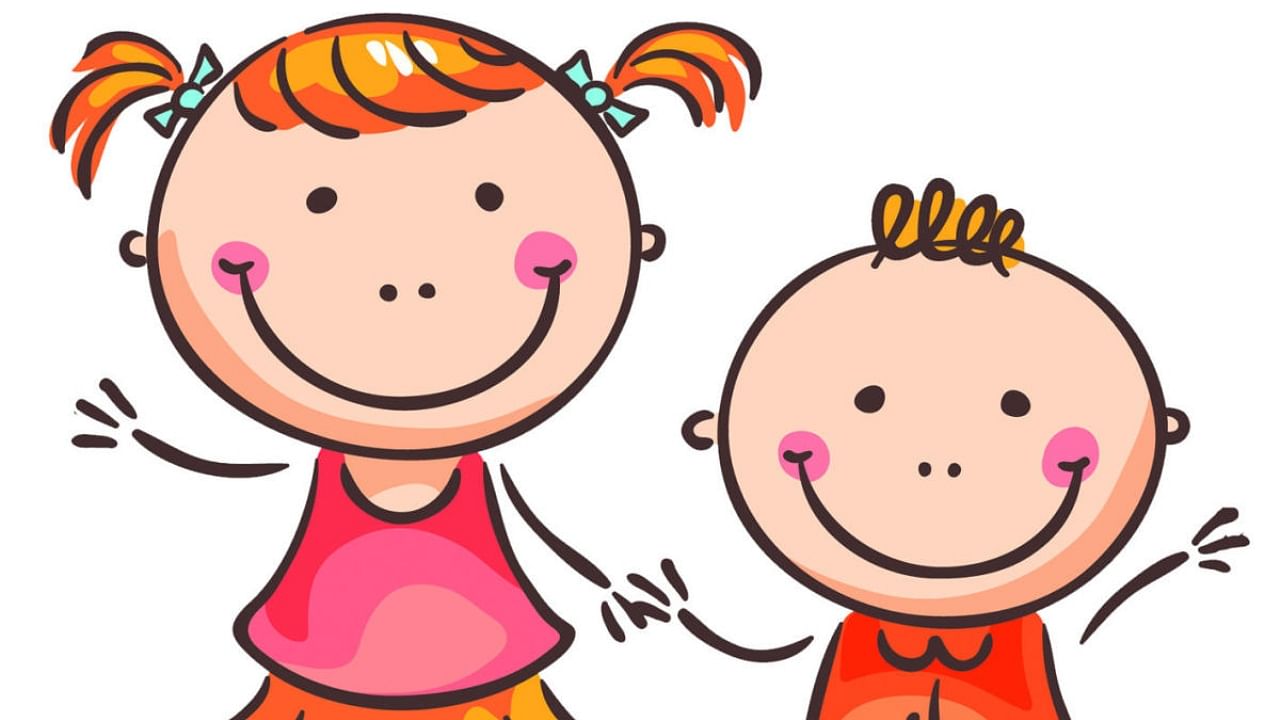
My friend was ecstatic when their daughter-in-law delivered a healthy baby. But they experienced anxious moments when the baby arrived since the baby did not cry at first. Babies do cry right after birth as they come out of a secure environment in mother’s womb. They spit out the fluids that block their airway and fill their lungs with air, facilitated and manifested in the act of crying.
Adi Shankaracharya’s Bhaja Govindam verse explains thus: Being born again, dying again, and again lying in the mother’s womb; this samsara is extremely difficult to cross over. Save me, Oh Lord, through your infinite compassion.
A learned Guru once explained that the baby cried saddened by its re-entry into this mortal world. During early months of warmth and comfort in its mother’s laps and embrace, the child felt secure. With each cry the baby struggles for its existence if not fed on time.
Waves of happiness and sadness come and go like the waves in an ocean. The pain and pleasure of this existence and ‘those moments too will pass.’ The pain inflicts crying with tears while pleasure induces peals of laughter – both cease to exist in the next minute.
Removal of sadness causes happiness while removal of happiness invites sadness. Which among the two is the one we strive for in this mortal life?
Our own intimate self, the real “I” is happiness personified – Sat Chit Ananda. When our own true nature is ‘happiness’ then do we have to go in search of it? Any search in the external world brings inevitably an objective world with its nature as ‘sadness.’
Until one realises the real ‘I’ within, man can indulge in the righteous path to cleanse the mind and do good in the society. This helps in leaving this mortal body with a smile, also a smile on people around.
In summary, coming into the world crying is one thing; leaving the world with a smile is another thing. If realising happiness is self itself, then leaving a smile on people around is selfless. May happiness be infectious.